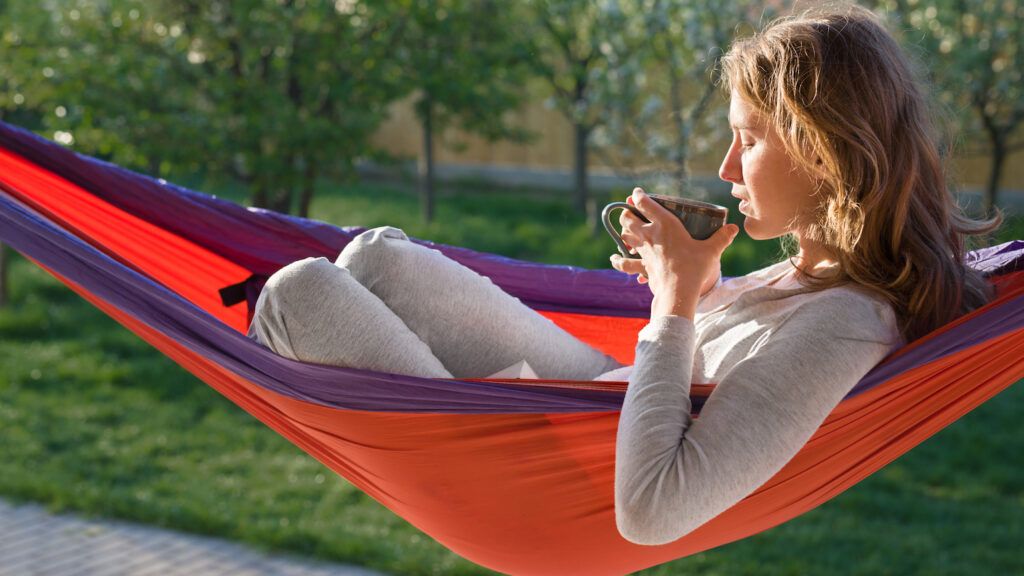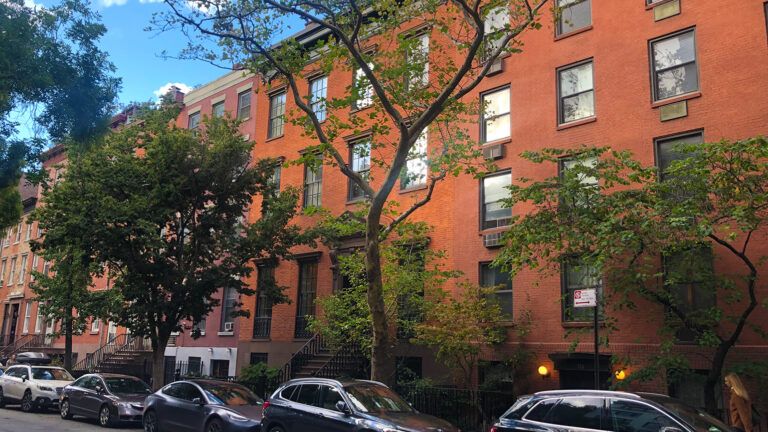Twenty pages into The Art of the Wasted Day, Patricia Hampl makes a “reprimand to self.” She scolds, “You dare to complain about a life rich in tasks and duties and pleasures—rich with meaning?”
Her point is well taken. I can’t count the number of times I’ve complained to a friend, “I’m just so busy—it’s all good stuff, but I’m stressed!” Living a full, meaningful life is a priority and a privilege for me. But too much of a good thing can feel like…too much.
Hampl’s book is a lyrical history of leisure, making the case for why we should spend more time daydreaming, lost in thought, wandering the passageways of our memories, fantasies and imaginations.
Part memoir, part travelogue, the book follows Hampl as she visits the homes of what she calls “historic exemplars of ease,” such as two women who embraced a life of “retirement” in the 18th century, and Michel Montaigne, a medieval figure who is regarded as the inventor of the personal essay, but who Hampl refers to as “the first modern daydreamer.”
Hampl celebrates her full life—“Lucky you,” she says, simply. But she also laments the nagging feeling that the loving relationships, professional successes and travel that populate her days had come at a cost, specifically depriving her mind of opportunities to wander without purpose, expectation or obligation.
She describes this yearning as “the lovely, wasteful vagary of the mind,” and “nostalgia for the lost nothing-moment that turns out to be—well, everything.”
This book crossed my desk right on time, as summer warmly beckons with its backyard barbecues, beach days, lush gardens and…work deadlines, family schedules, grocery lists and a long list of tasks required to maintain said lush garden.
Hampl’s book tugs on my short sleeve to say, “don’t forget to stop doing.” It invites me to forgive myself an un-accomplished task, an ignored weed, a take-out dinner, and find ways to simply be. To stare out a window. At a tree. At the sea. In a hammock. On the sofa.
Wherever I can let go.
Wherever I can say to my mind, “Let’s go.”





